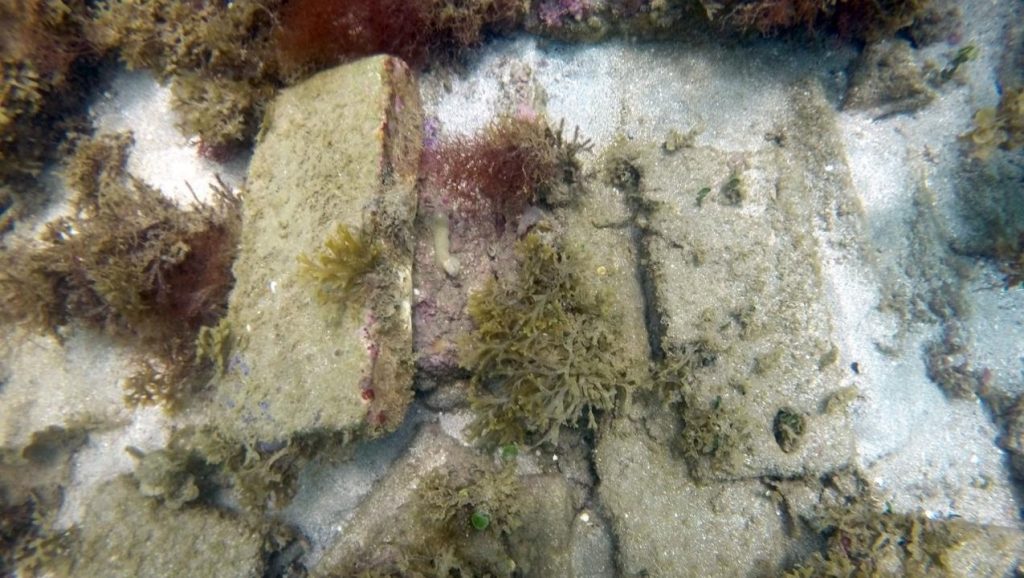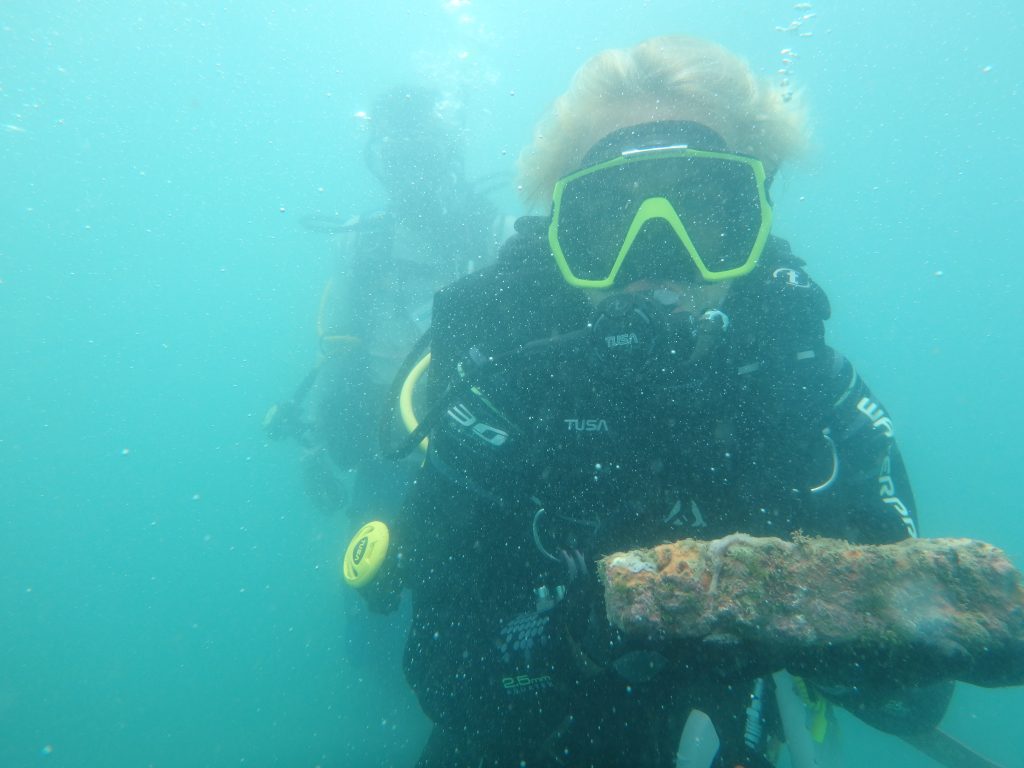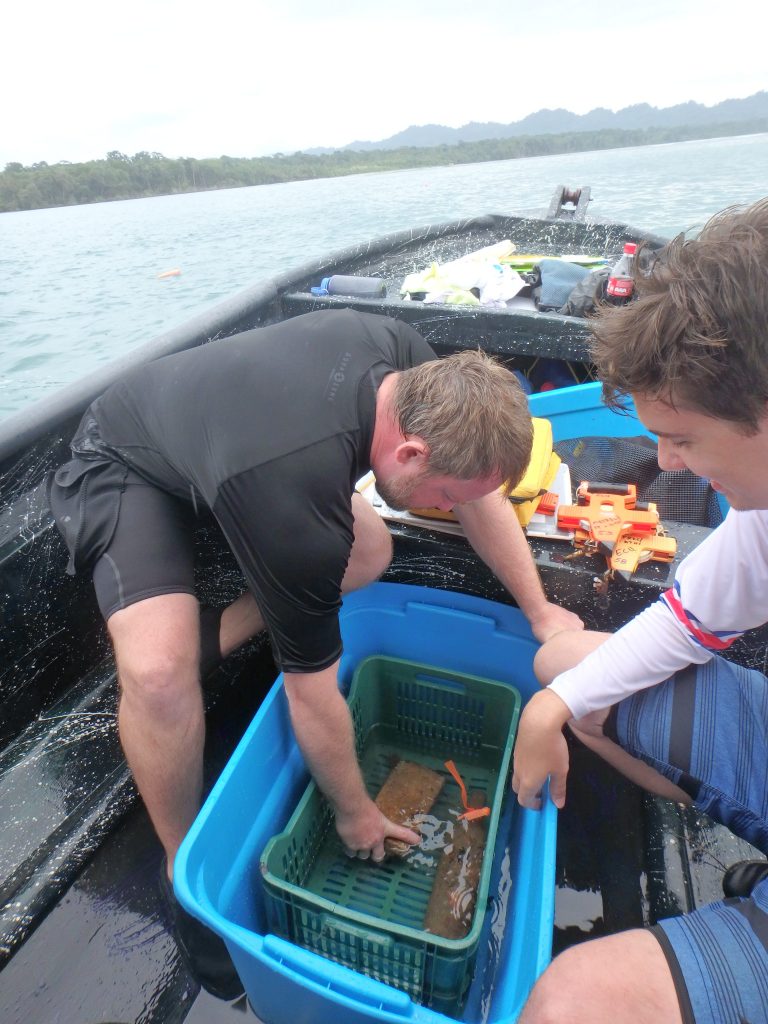During the seventeenth and eighteenth centuries, Danish vessels would typically carry the modern flensburger, a type of brick that was produced at brick works near Flensborg Fjord and on Sjælland in Denmark (Lunn et al 2016:4). The Danish brickmaking tradition began in medieval times, and the typical Flensburg brick found on St. Thomas is typically larger than the Dutch style at an average of 22.8 cm in length, 10.8 cm in width and 4 cm in thickness. The 1786 wreck of the Danish brigantine Die Frau Metta Catharina von Flensburg had several Flensburg bricks found in association with the ship’s galley area, which measured an average of 22.2 cm x 11.1 cm x 4.1 cm (Skelton 2010:249).
Another type of yellow brick found on early Spanish colonial sites in the Americas and Caribbean are called ladrillos. Ladrillos are flat, wide, tile-like bricks made of unglazed coarse earthenware and were among the first to be produced in the New World (Meide 1994:18). Of the 89 yellow ladrillos found on the 1766 Spanish wreck, El Nuevo Constante for example, the average measurement for these bricks were 23 cm x 11 cm x 3.3 cm (Gifford 2013:33). Ladrillos found on both shipwreck and colonial sites range from approximately 19-37 cm in length, 9-15 cm in width, and 3-5 cm in thickness (Meide 1994:22).
Based on the above descriptions it is possible to speculate the style of brick discovered on the Brick Site. For each type as discovered on multiple shipwreck sites, the average dimensions are compared in Table 1. The initial appearance of the yellow brick appeared identical to the Dutch style, which has been extensively researched within archaeological literature, but is typically much smaller in size than those found on the Brick Site. Furthermore, unlike the ladrillos, which vary anywhere between 19-37 cm in length, the bricks found on the Brick Site only range from about 21 to 23 cm. Instead, the bricks most closely resemble the Danish flensburger type. Each brick is crudely made, the same general color, and most importantly, within the same average size range from other artifact assemblages. Further compositional analyses are needed to corroborate this claim. Two shipwrecks that are historically known to have wrecked near the present research location at Punta Cahuita, however, were the Danish slave ships Fredericus Quartus and Christianus Quintus.

BRICKS UNDERWATER

TYGO BREDEROO RECOVERS A BRICK FROM THE CANNON SITE

PLACING THE RECOVERED BRICKS IN A TUB OF WATER ON THE DIVE BOAT